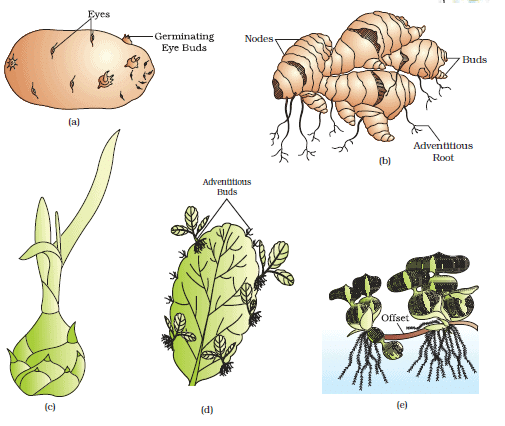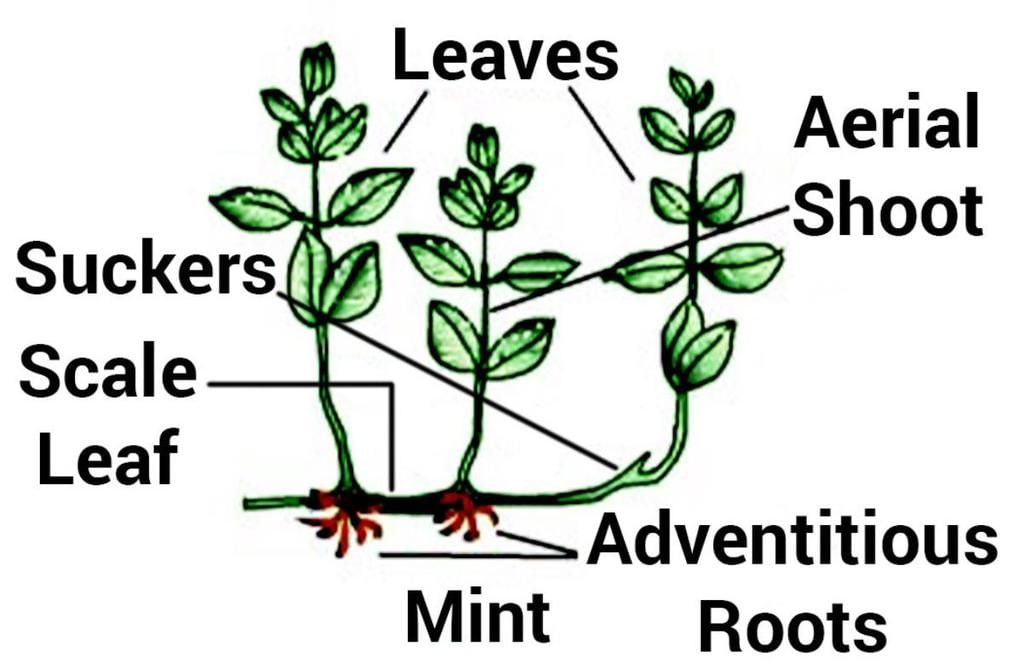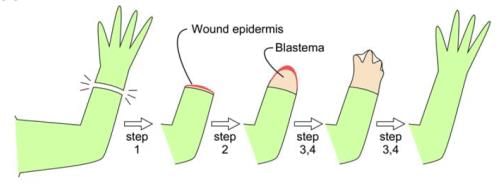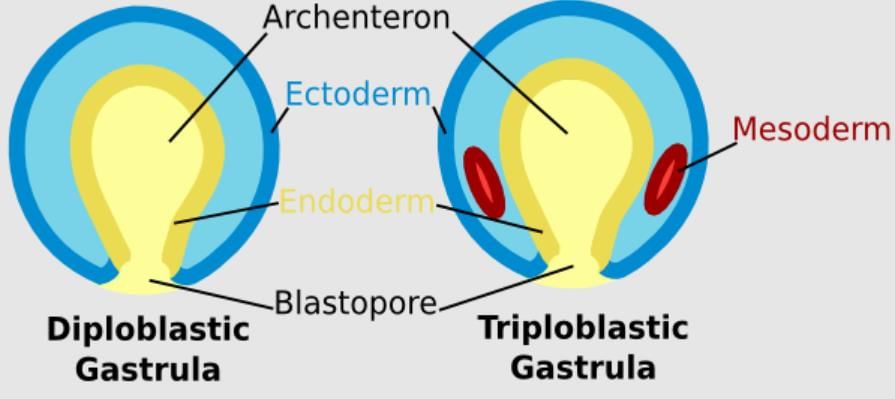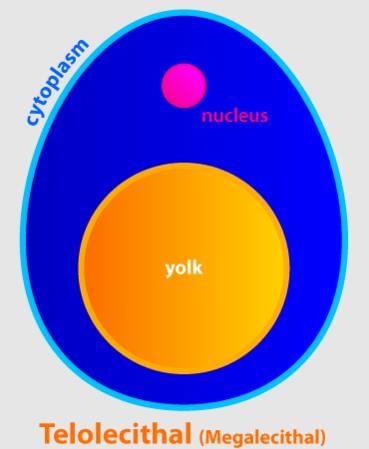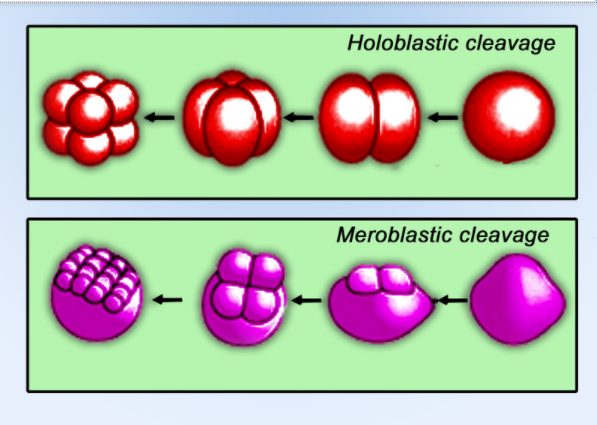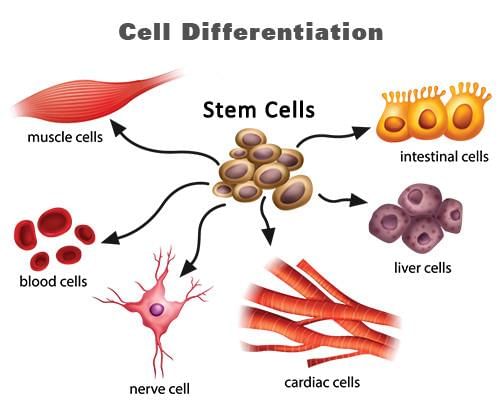31 Years NEET Previous Year Questions: Reproduction in Organisms (Old NCERT) - NEET MCQ
30 Questions MCQ Test - 31 Years NEET Previous Year Questions: Reproduction in Organisms (Old NCERT)
The two nuclei at the end of the pollen tube are called
Vegetative propagule in Agave is as: [ NEET 2020]
In sonic plants, the female gamete develops into embryo without fertilisation. This phenomenon known as [ NEET 2019]
Which of the following flowers only once in its lifetime? [ NEET 2018]
Which one of the following statements is not correct? [NEET 2016]
Syngamy can occur outside the body of the organism in _________. [NEET Kar. 2013]
Meiosis takes place in: [NEET 2013]
Monoecious plant of Chara shows the occurrence of: [NEET 2013]
Select the wrong statement. [NEET 2013]
Which one of the following is correctly matched? [2012]
What is common between vegetative reproduction and apomixis? [2011]
The “Eyes” of the potato tuber are: [2011]
Vegetative propagation in mint occurs by: [2009]
What is true for cleavage? [2002]
During regeneration, modification of an organ to another organ is known as _________. [2001]
Blastopore is the opening of _________. [2000]
Exponential growth of cells is a characteristic feature of _________. [1999]
Which of the following processes is associated with a change in the cellular DNA amount? [1999]
What is true about cleavage in the fertilized egg of humans? [1994]
The amount of yolk and its distribution are changed in the egg. Which one is affected? [1993]
The correct sequence in the process of development of the human embryo is: [1998]
In telolecithal egg, the yolk is found: [1993]
Termination of gastrulation is indicated by: [1993]
Blastopore is: [1992]
Meroblastic cleavage refers to which type of division of egg? [1992]
Eye lens is formed from _________. [1992]
In an egg, the type of cleavage is determined by: [1995]
Cells become variable in morphology and function in different regions of the embryo. The process is called _________. [1989]
What is true about cells during cleavage? [1988]
Which of the following animals are not viviparous? [1987]


